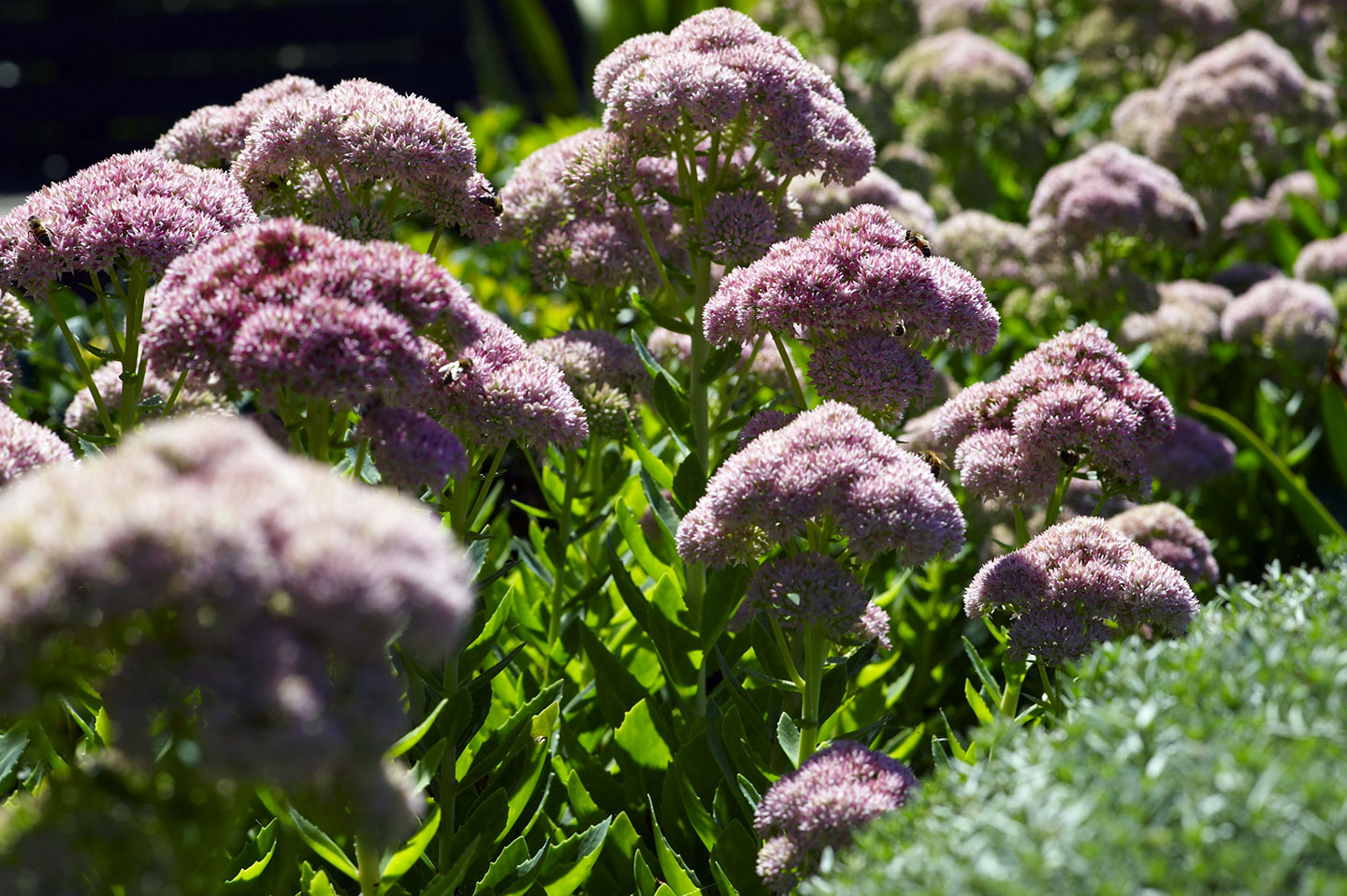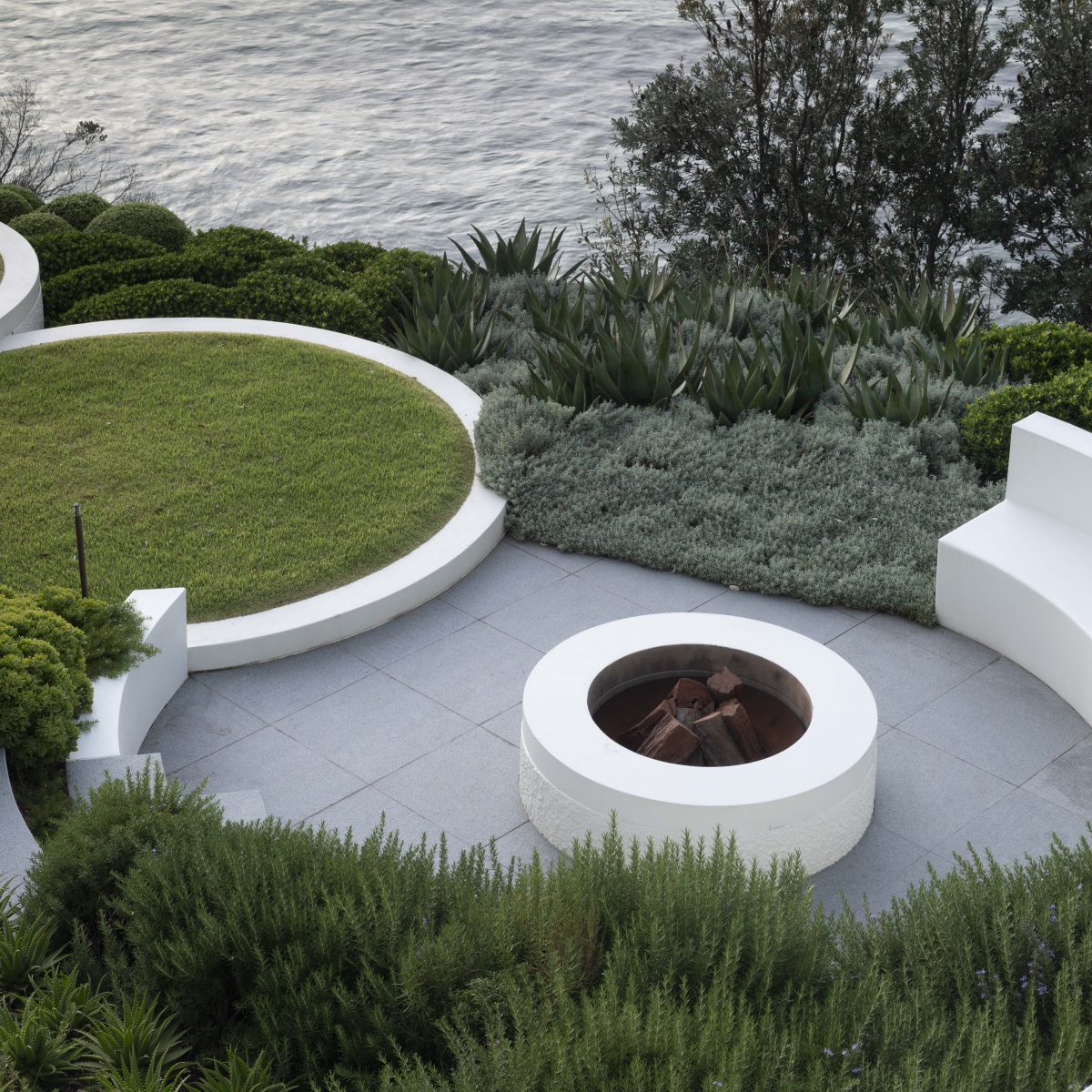Choosing a colour palette
The most commonly requested colour by Secret Gardens clients is actually white! Far from being a cop-out, this request is simply a reflection of the type of garden the clients want, usually a calming space, a retreat from the world – and there’s certainly something tranquil about the look of delicate white blooms against a backdrop of green foliage. A grey-based colour scheme is similarly soothing and ideal for Mediterranean gardens, where you can build the palette with a combination of lavenders, olives, echiums and even succulents.

Choosing colours for your garden is exactly like choosing colours for your home. In fact, looking at your interiors is a good place to start and should inspire a garden scheme that will suit your tastes and flow seamlessly from inside to out. It’s all about the mood you want to inspire; a palette of pastels will be sweet and sunny, while deeper colours – reds, oranges, deep purples and the like – will be bold and energizing.

Guidelines for colour matching
Just as with your interiors, a garden scheme with too many different colours can end up looking cluttered and stressful. A good rule of thumb is to limit yourself to five hues (including one or more shades of green). The style of garden will also impact on this; a tropical garden can cope with much more and brighter colours than a formal garden, for example. The colour wheel is a useful tool – colours adjacent to each other or else on opposite sides of the circle, such as yellow and purple, will usually marry well together.
It’s important to consider the seasonal cycle of the garden. For example, plants with clashing coloured flowers might be perfectly compatible because they never flower at the same time. Or deciduous trees might inspire different flowering plants to complement the turning leaves in autumn.

Shades of green
Take note of all the different shades of green that can be used in the garden, which can form a background ‘neutral’ for pops of colour, or even form a multi-layered scheme on their own. To build a predominantly green garden, you need to play with texture, using different leaf sizes and shapes, grouped in bands for maximum impact. Look at plants with bold shapes – we love aloes for their architectural foliage and range of greens (plus flowering varieties will often bloom in winter when there’s no other colour in the garden).
Look at shades of green that will best suit certain areas; light or lime greens, such as Blechnum and Alocasia (elephant ears) can add light to dark areas, while darker shades of green can make hot areas feel cooler.



